What happened on Bloody Sunday?
Fifty years ago, 13 people were shot dead by British soldiers during a march in Londonderry
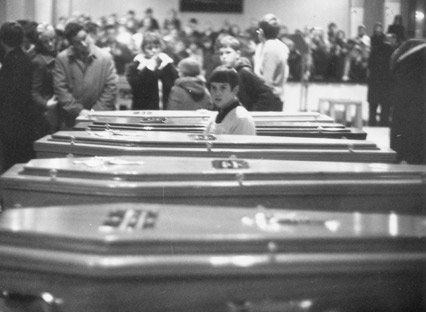
The Troubles effectively began in October 1968, when a civil rights march in Derry calling for an end to discrimination against Northern Ireland’s Catholic minority was violently broken up by the Protestant-dominated Royal Ulster Constabulary.
In its wake, there were a series of riots in the Catholic-majority city; parts of it became “no-go areas” for the police and the British Army (which had been sent in in 1969 to control the violence). In August 1971, Northern Ireland’s unionist government responded by introducing internment without trial of suspected terrorists, and by banning protest marches.
Ignoring the ban, the Northern Ireland Civil Rights Association organised a march in Derry against the measures on 30 January.
The Week
Escape your echo chamber. Get the facts behind the news, plus analysis from multiple perspectives.

Sign up for The Week's Free Newsletters
From our morning news briefing to a weekly Good News Newsletter, get the best of The Week delivered directly to your inbox.
From our morning news briefing to a weekly Good News Newsletter, get the best of The Week delivered directly to your inbox.
What was the plan for the march?
To follow a route to the city’s Guildhall, where speeches were due to be made. But the authorities decided that the security forces should prevent the march from proceeding as planned, fearing the flouting of the ban would further undermine law and order and provoke violence from unionists.
Responsibility for controlling the procession fell to the Army, which planned to allow it to proceed through nationalist areas of the city, but to stop it from reaching the Guildhall. Major General Robert Ford, then Commander of Land Forces in Northern Ireland, ordered the 1st Battalion of the Parachute Regiment, a unit with a reputation for being tough and confrontational, to travel to Derry from Belfast to assist.
At 3pm, about 15,000 people who had gathered in the nationalist Creggan area of the city began their procession.
What happened next?
Initially, the march proceeded peacefully. But when marchers were directed away from their original planned route, skirmishes with the Army broke out at a barrier on the junction of Rossville Street and William Street – known locally as “Aggro Corner” because of the frequency of riots there.
A free daily email with the biggest news stories of the day – and the best features from TheWeek.com
Just before 4pm, stones were thrown by protesters; soldiers responded with rubber bullets, tear gas and water cannon. At 4.07pm, Brigadier Patrick MacLellan ordered an arrest operation against rioters. Soldiers of the Support Company of the 1st Battalion Parachute Regiment went in armoured cars down Rossville Street into the nationalist Bogside area. At 4.10pm they opened fire on people in the area of the Rossville Flats. By about 4.40pm, 21 soldiers had fired 108 live rounds. Thirteen people were killed, and 15 injured.
What was the reaction?
It was furious and immediate. A wide range of witnesses described “cold-blooded murder”. Edward Daly, a Catholic priest and later bishop of Derry, said he saw unarmed teenagers being shot while running away from soldiers (six of the dead were 17 years old).
After the shock of the shootings, support for the IRA surged. “There were queues to join the IRA,” recalled John Kelly, whose brother Michael was among those killed.
On 2 February, there was a general strike in the Republic of Ireland. Some 30,000 demonstrators joined protests in Dublin, where the British embassy was burnt down. In March, the government suspended Northern Ireland’s parliament and imposed direct rule from Westminster.
How did the Army respond?
The paratroopers claimed to have come under sustained attack by gunfire and nail bombs in the Rossville Flats area. These claims were to a large extent backed up by the Widgery inquiry, set up by Home Secretary Reginald Maudling the day after Bloody Sunday. Lord Chief Justice Lord Widgery’s tribunal sat for just three weeks in February and March 1972.
His final report, published on 18 April, concluded that the soldiers had indeed been fired on first, and that there was “no reason to suppose” they would have opened fire otherwise (although he did concede that some firing “bordered on the reckless”). The report was widely dismissed as a “whitewash”. Its conclusions were questioned the following year when Major Hubert O’Neill, the coroner of the inquest into the deaths, declared that “the Army ran amok that day” and “were shooting innocent people”.
What were the longer-term political effects?
Bloody Sunday “changed everything”, wrote the Irish historian Roy Foster. It “destroyed the credibility of the British state as peacekeeper in Northern Ireland”, and fuelled the armed struggle. Some 200 lives had been lost in the conflict in the three years preceding Bloody Sunday; but in 1972 alone, 479 people died, and the annual death toll did not fall below 200 again until 1977.
Edward Heath, then prime minister, said the events “destroyed the prospect of a political initiative” for restoring peace. The legacy of the day lasted for decades. After Labour came into government, it agreed to a full and independent inquiry in 1998.
What did the inquiry conclude?
The Bloody Sunday Inquiry, chaired by Lord Saville, took 12 years and cost almost £200m to complete. Saville’s 2010 report, which ran to ten volumes, unequivocally blamed the Army. It found that, though hostile shots had been fired earlier that day, the paratroopers did not fire in response to attacks or threatened attacks by gunmen, or nail or petrol bombers; that “none of the casualties was posing a threat of causing death or serious injury, or indeed was doing anything else that could on any view justify their shooting”; and that many of the soldiers had later lied about their actions.
The real cause was “a serious and widespread loss of fire discipline” by the unit. In an unprecedented move, then-prime minister David Cameron said he was “deeply sorry” for the actions of the British Army. “What happened on Bloody Sunday was both unjustified and unjustifiable,” he declared.
Prosecuting the soldiers
In 2012, in the wake of the Saville report, the Police Service of Northern Ireland launched a murder investigation into the deaths. Four years later, files were passed to the Public Prosecution Service of Northern Ireland (PPS), which considered whether any Parachute Regiment soldiers should be prosecuted.
In 2019, after examining evidence in 19 cases, the PPS announced that one soldier – known as Soldier F in the inquiry – would be prosecuted for the murders of James Wray, 22, and William McKinney, 26, and five attempted murders. Last July, it was announced that, following the collapse of another Troubles-era case, charges against Soldier F were to be withdrawn on the grounds that there was “no longer a reasonable prospect of key evidence... being ruled admissible”.
The decision to bring charges was controversial: veterans’ groups said it was unfair to prosecute soldiers so long after the event, when IRA suspects were no longer being pursued; the UK government later announced plans to block further criminal prosecutions. Bloody Sunday campaigners were furious at the decision to drop the case, and McKinney’s brother Michael gained leave to appeal.
-
 Cryptocurrency and the future of politics
Cryptocurrency and the future of politicsIn The Spotlight From electoral campaigns to government investments, crypto is everywhere and looks like it’s here to stay
-
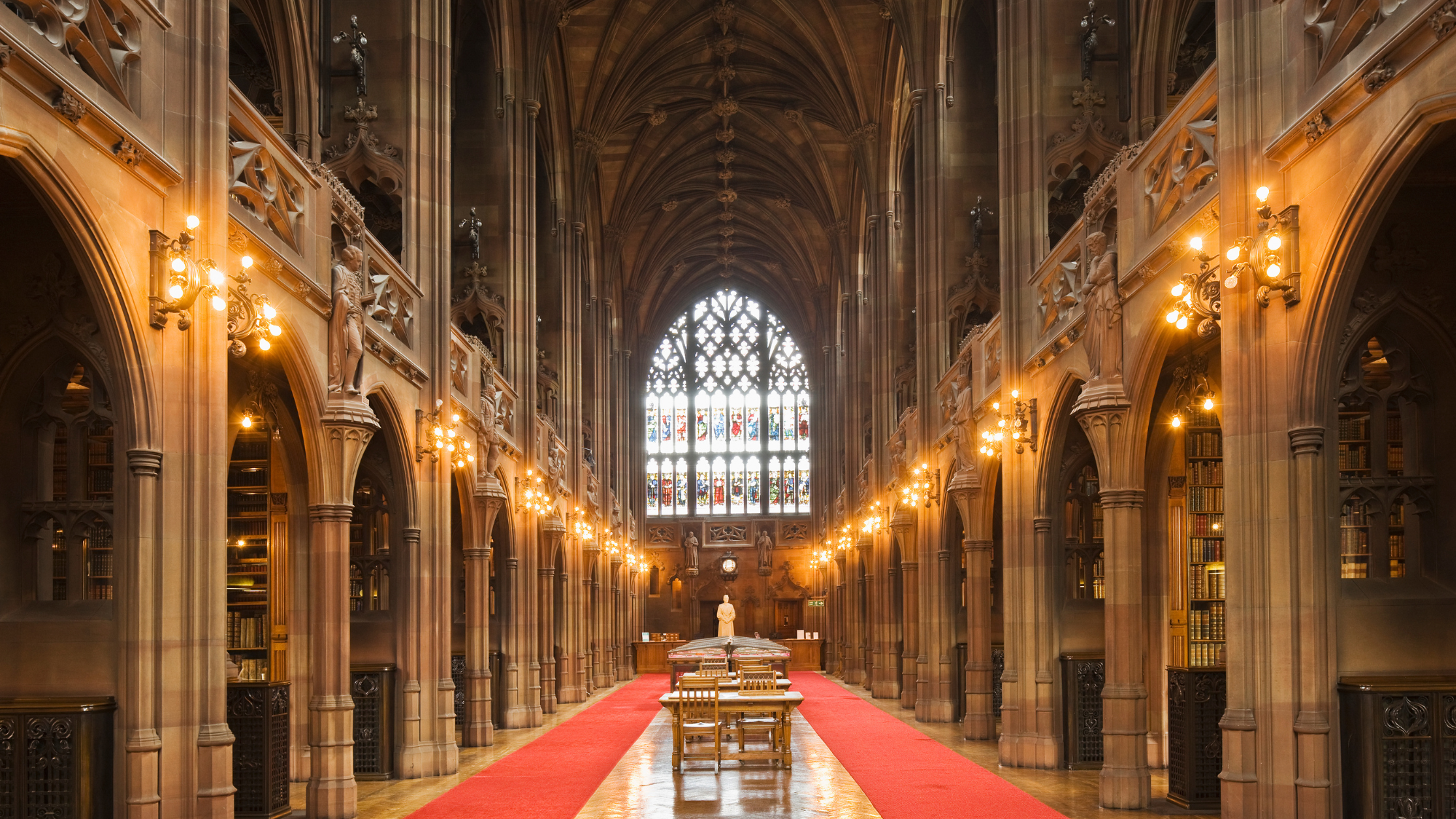 Ssh! UK libraries worth travelling for
Ssh! UK libraries worth travelling forThe Week Recommends From architectural delights to a ‘literary oasis’, these are some of the best libraries around the country
-
 A fentanyl vaccine may be on the horizon
A fentanyl vaccine may be on the horizonUnder the radar Taking a serious jab at the opioid epidemic
-
 How Bulgaria’s government fell amid mass protests
How Bulgaria’s government fell amid mass protestsThe Explainer The country’s prime minister resigned as part of the fallout
-
 Pakistan: Trump’s ‘favourite field marshal’ takes charge
Pakistan: Trump’s ‘favourite field marshal’ takes chargeIn the Spotlight Asim Munir’s control over all three branches of Pakistan’s military gives him ‘sweeping powers’ – and almost unlimited freedom to use them
-
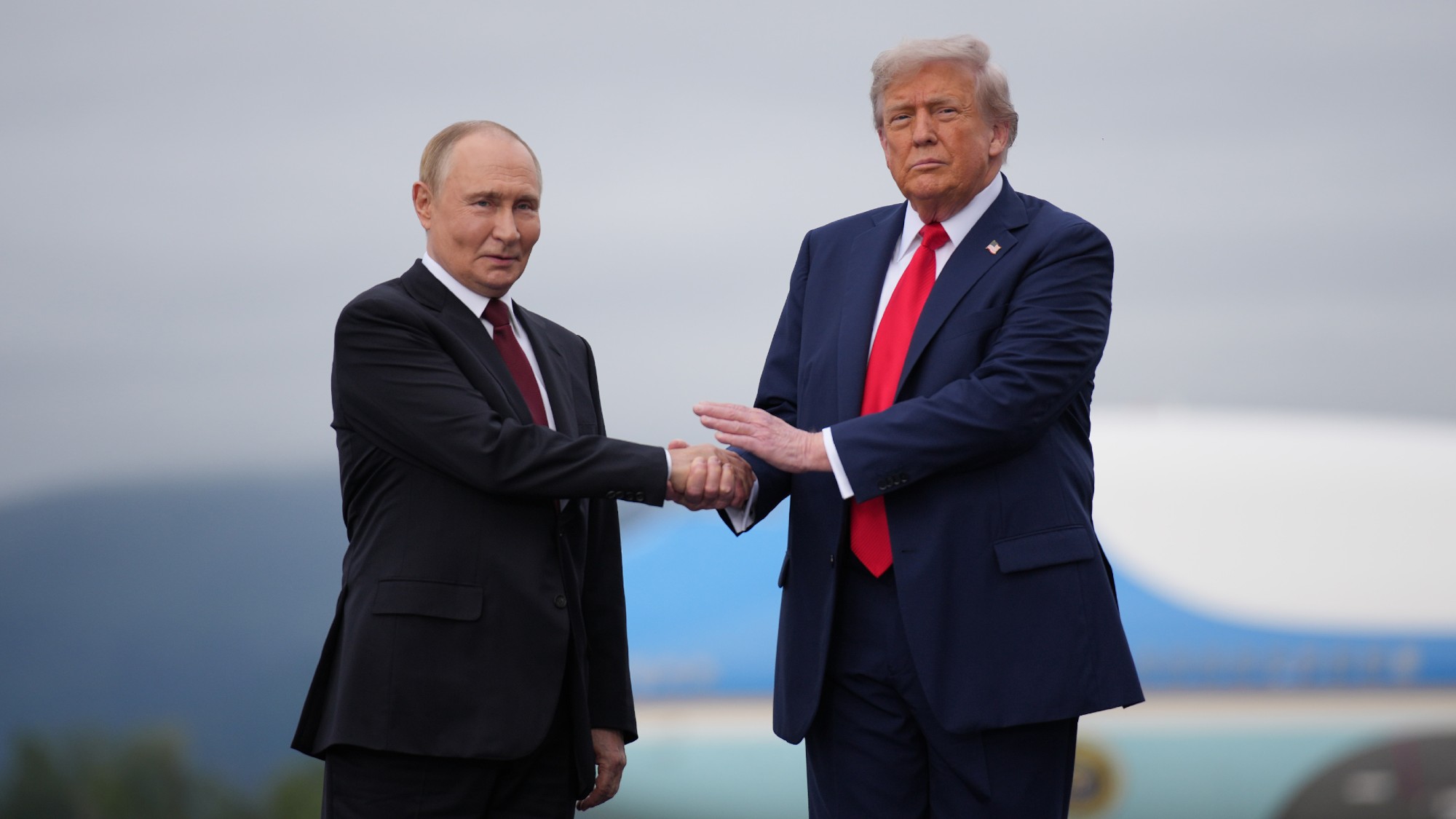 Pushing for peace: is Trump appeasing Moscow?
Pushing for peace: is Trump appeasing Moscow?In Depth European leaders succeeded in bringing themselves in from the cold and softening Moscow’s terms, but Kyiv still faces an unenviable choice
-
 Femicide: Italy’s newest crime
Femicide: Italy’s newest crimeThe Explainer Landmark law to criminalise murder of a woman as an ‘act of hatred’ or ‘subjugation’ but critics say Italy is still deeply patriarchal
-
 Brazil’s Bolsonaro behind bars after appeals run out
Brazil’s Bolsonaro behind bars after appeals run outSpeed Read He will serve 27 years in prison
-
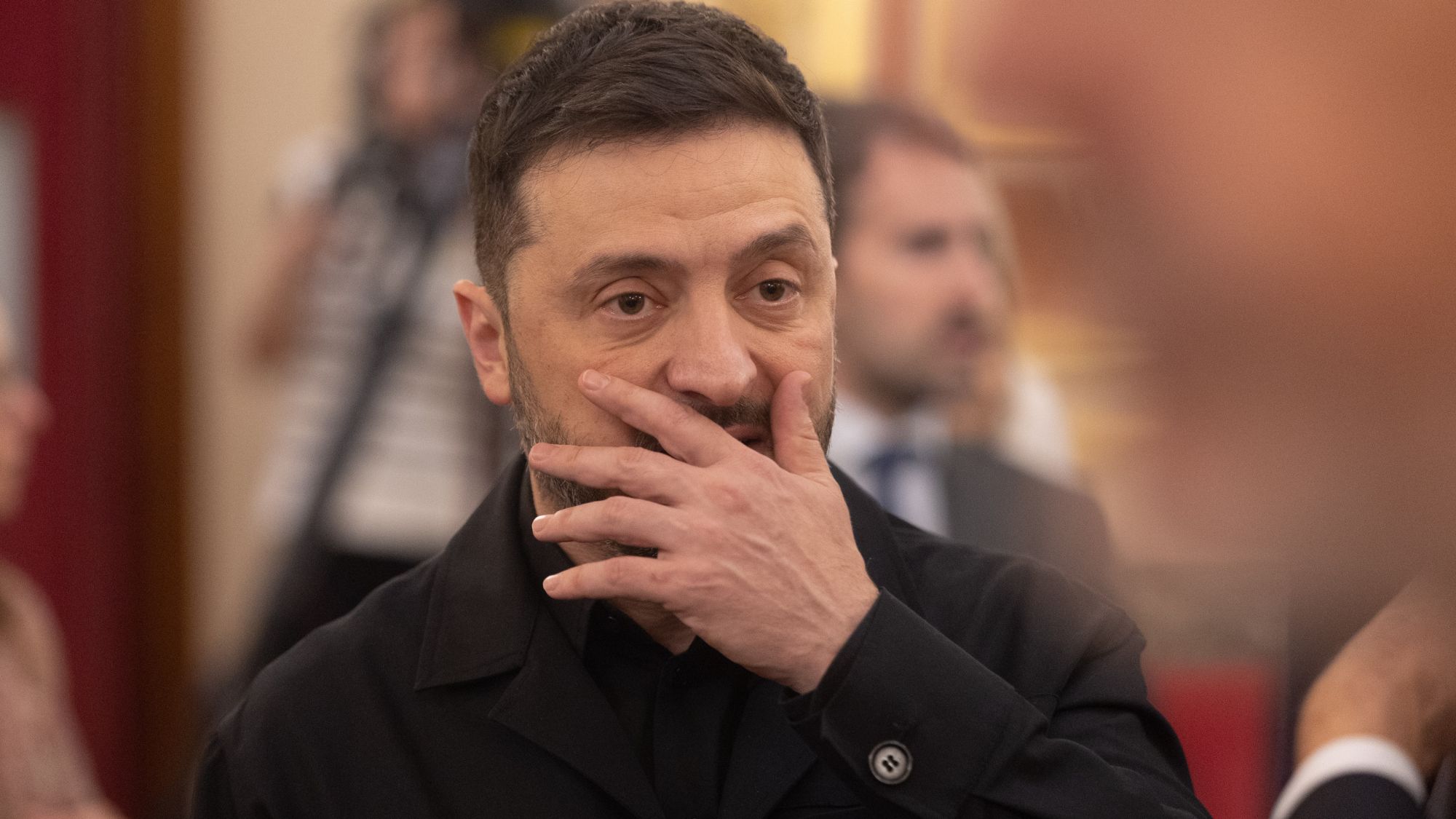 The $100mn scandal undermining Volodymyr Zelenskyy
The $100mn scandal undermining Volodymyr ZelenskyyIn the Spotlight As Russia continues to vent its military aggression on Ukraine, ‘corruption scandals are weakening the domestic front’
-
 Americans traveling abroad face renewed criticism in the Trump era
Americans traveling abroad face renewed criticism in the Trump eraThe Explainer Some of Trump’s behavior has Americans being questioned
-
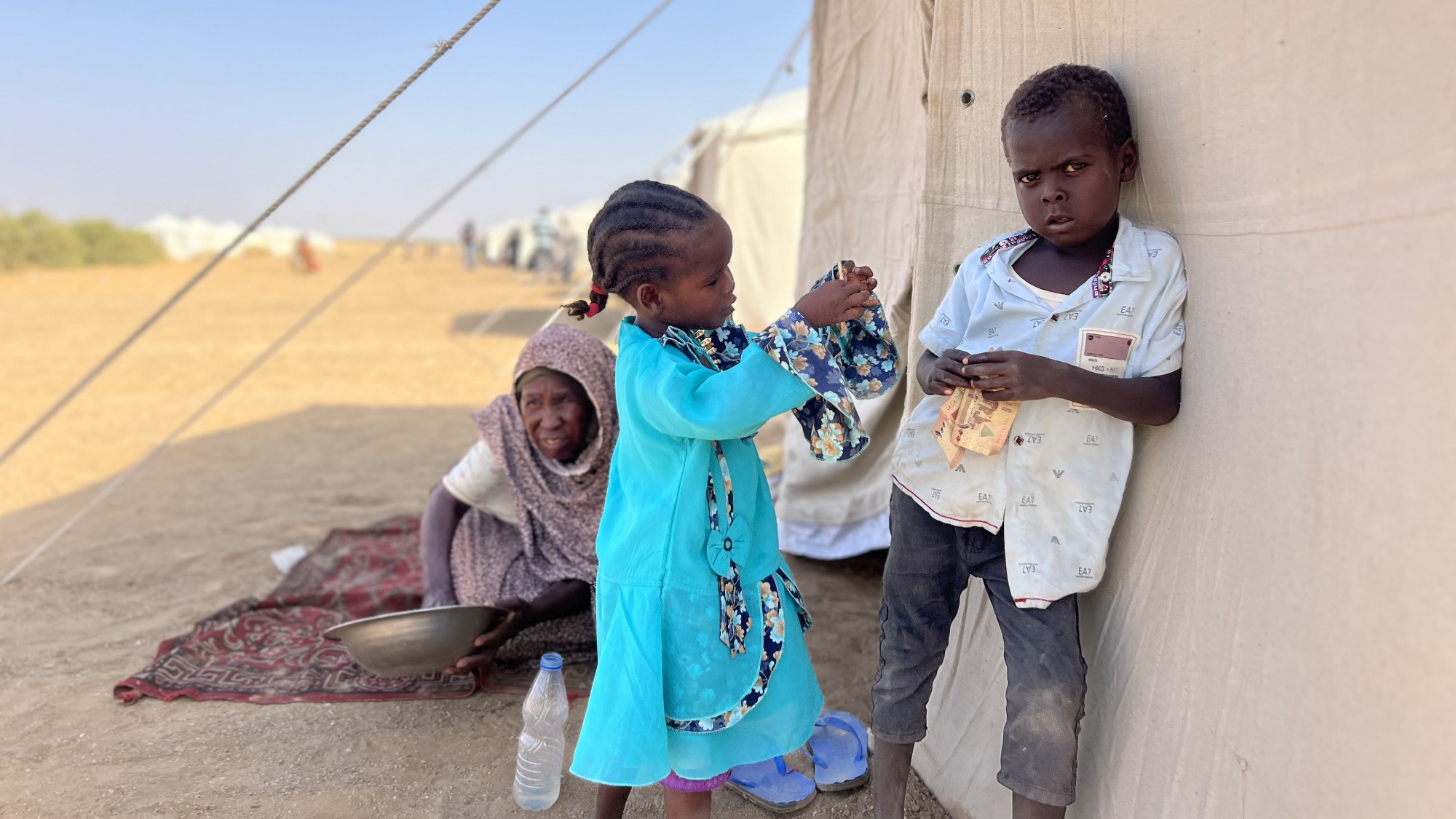 Massacre in Darfur: the world looked the other way
Massacre in Darfur: the world looked the other wayTalking Point Atrocities in El Fasher follow decades of repression of Sudan’s black African population